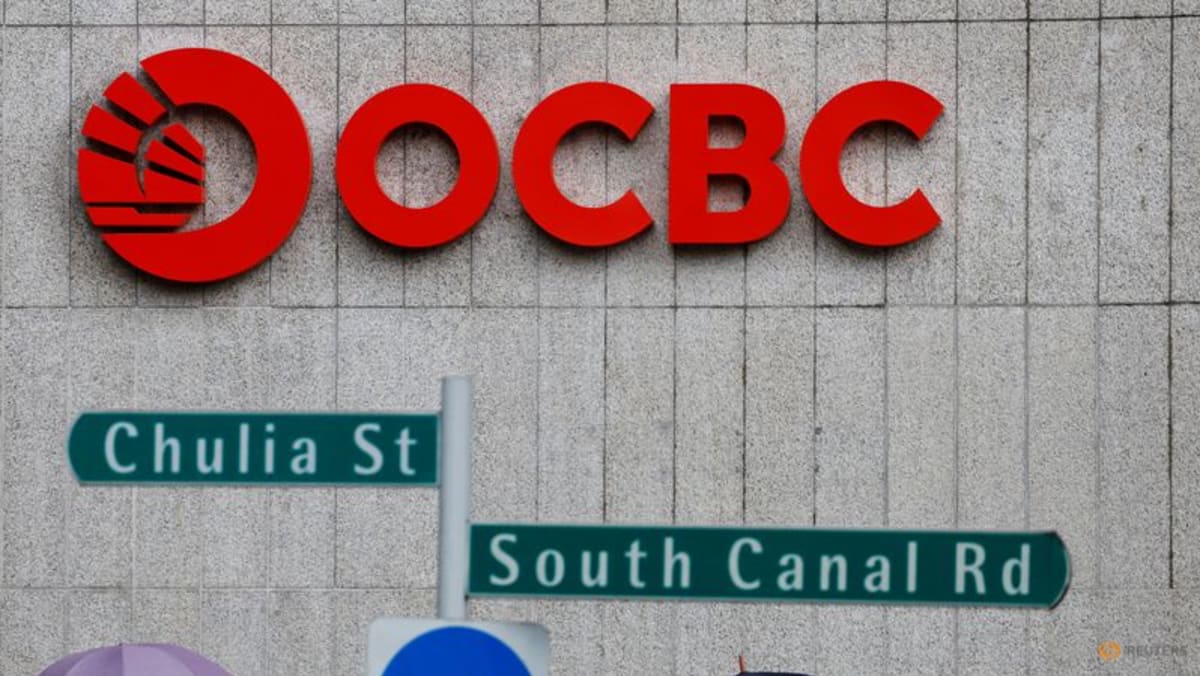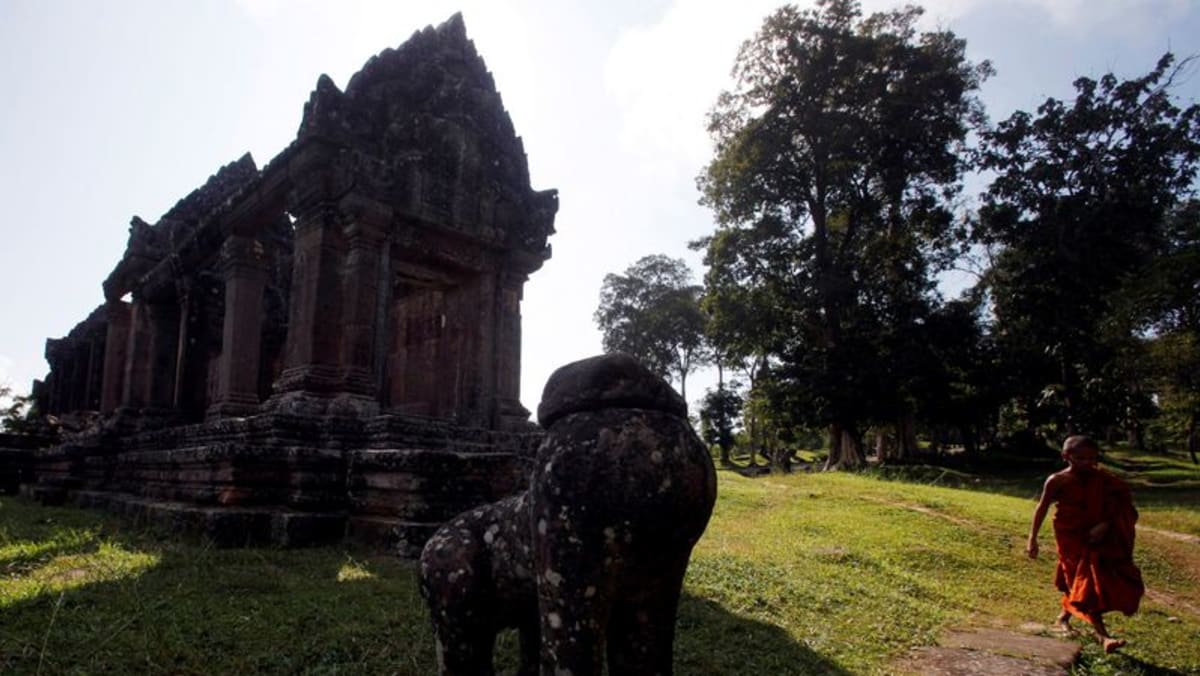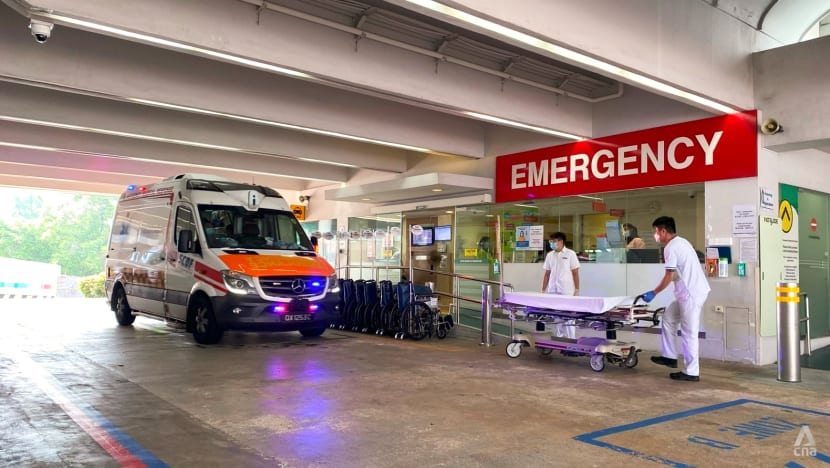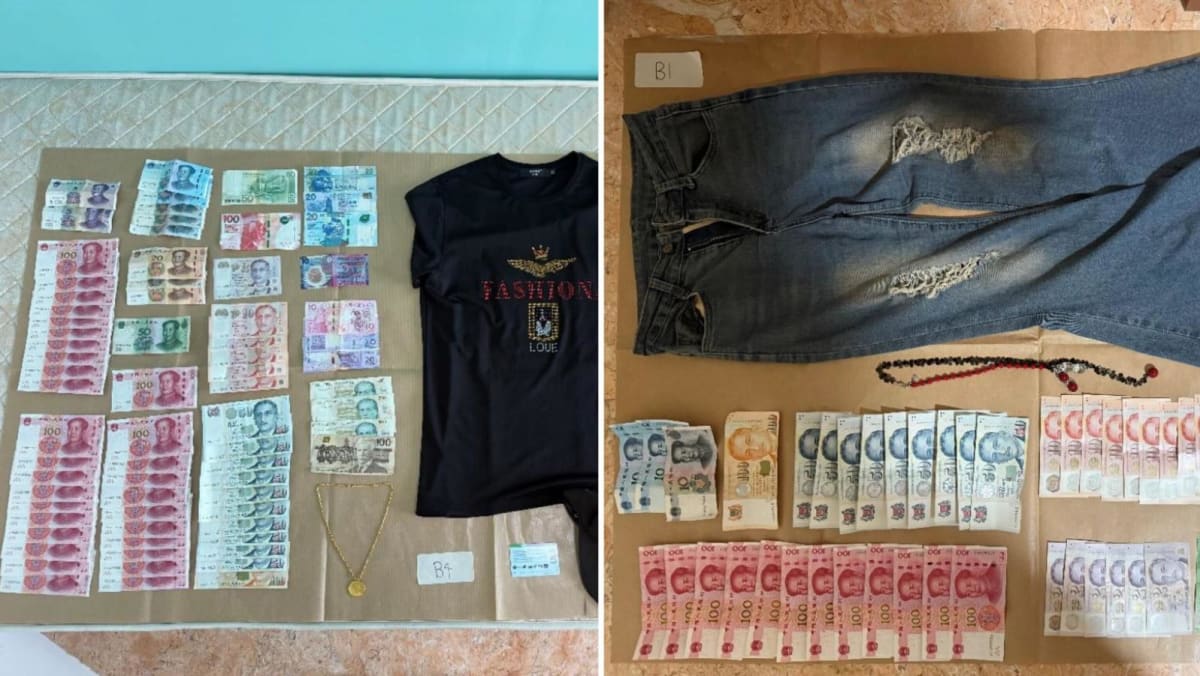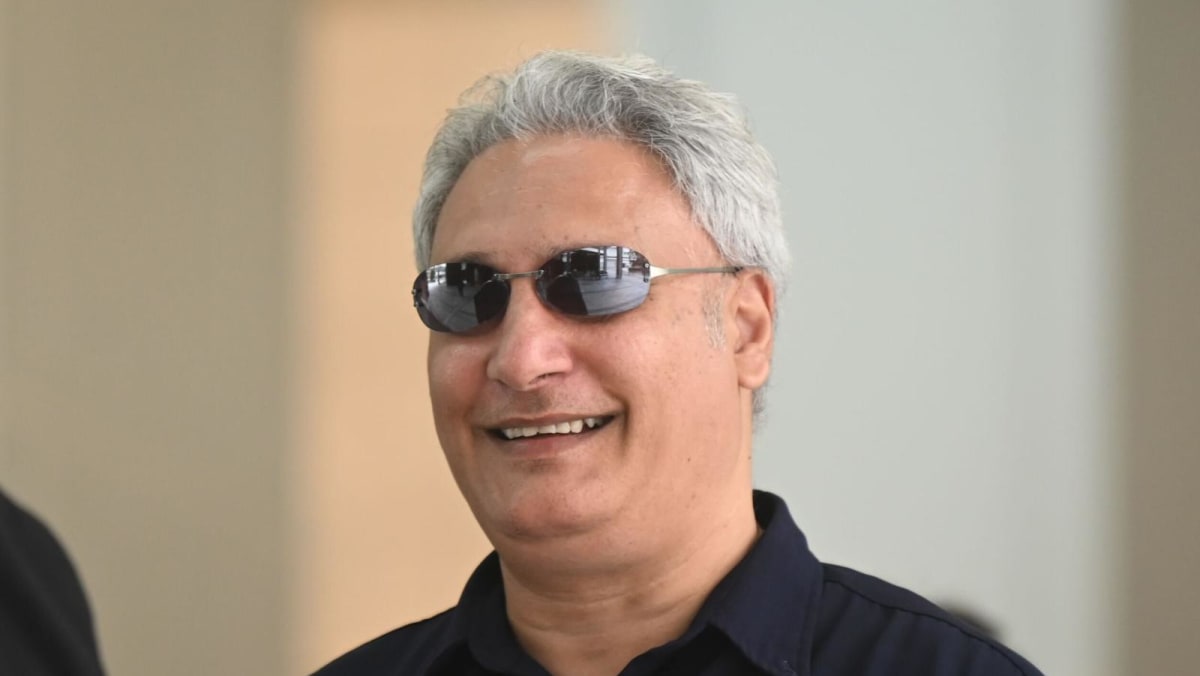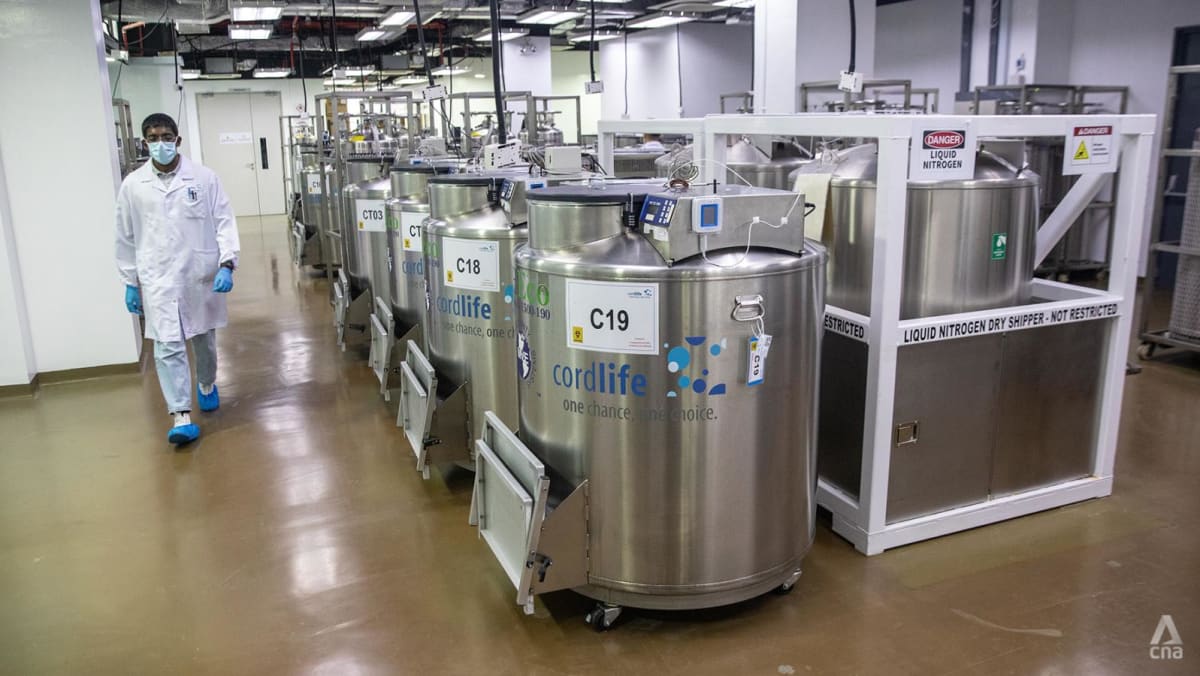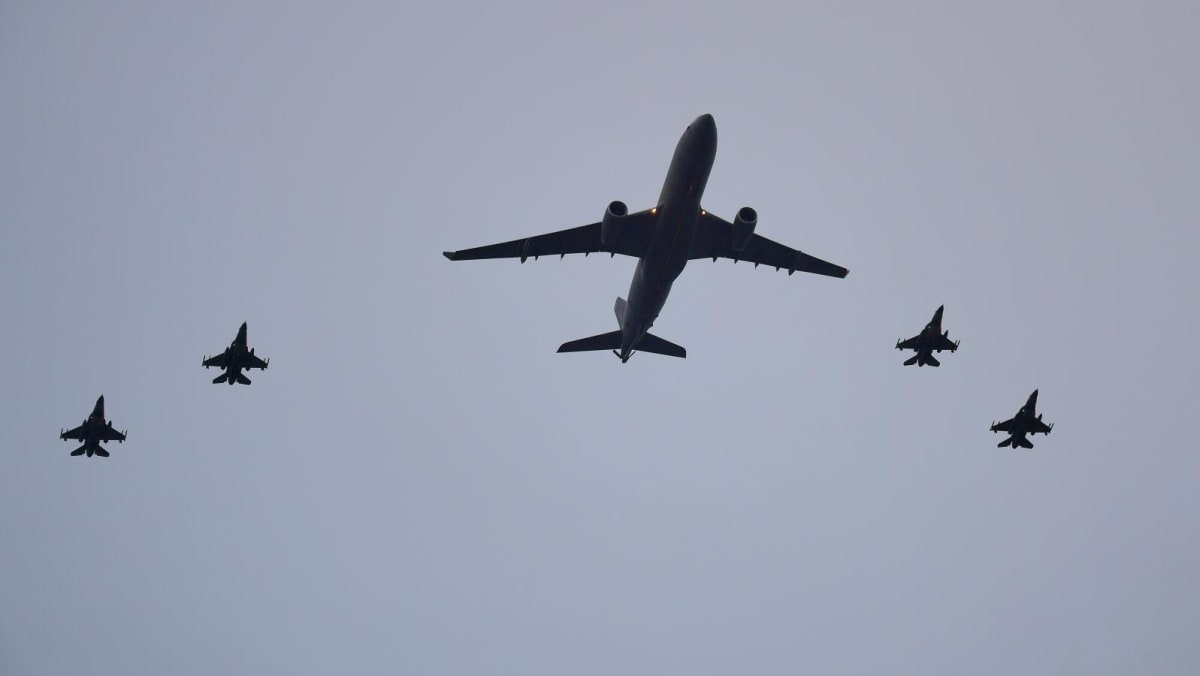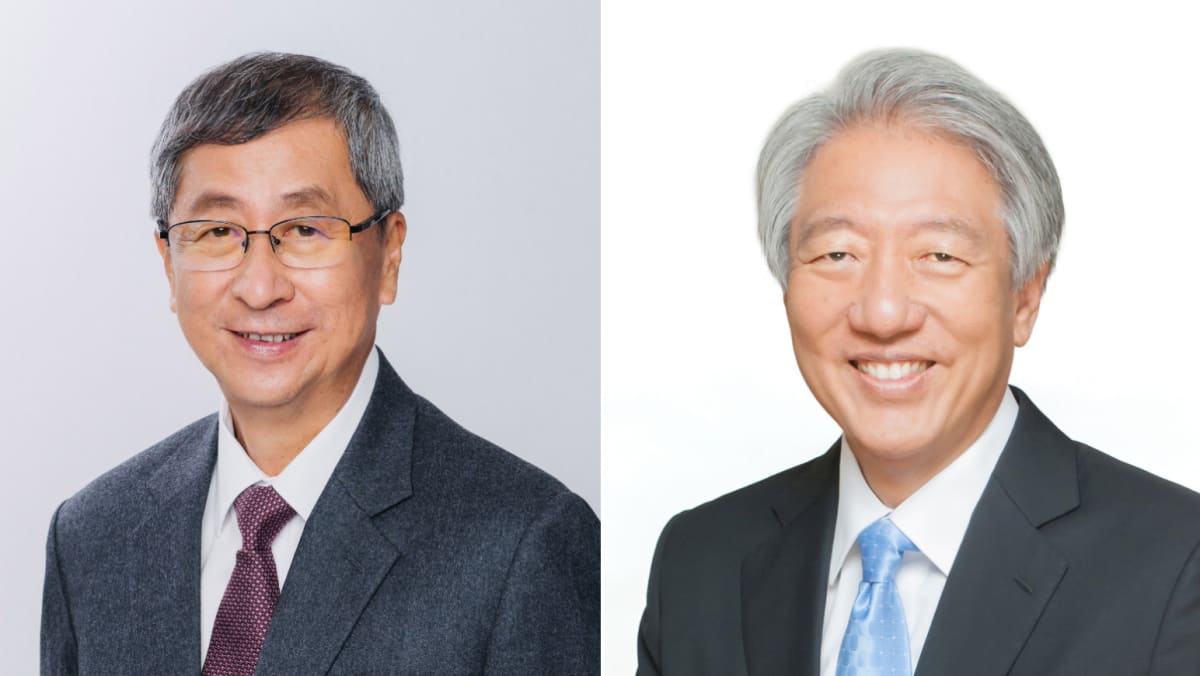Here is an excerpt from the conversation:
Otelli Edwards, host:
In your press release you mentioned burns, which are like, 15 per cent (are considered non-life-threatening). To the average person, (what) is this? Do you have video calls to see: “Oh okay, this is actually a 20 per cent burn.”
Col Dr David Pflug, chief medical officer of the Singapore Civil Defence Force:
This is all very protocolised. The actual protocol is to describe to the person on the other end of the line what is the size, in terms of coin size and palm size. And they would just estimate something that they would understand and communicate. And from there, we do the back-end medical processing.
Dr Jade Kua, clinical lead for NurseFirst:
That’s right. So we want to simply be able to understand what the situation is like through the questions that are on the protocol. And just to answer your question, your palm is 1 per cent.
Steven Chia, host:
Oh wow. So 15 per cent is maybe my whole arm.
Dr Kua:
So just to highlight, if you did feel like something bad is happening and you did feel like you were freaking out, no one’s saying that you shouldn’t be calling 995. So say you’re calling on behalf of your grandpa, and your grandpa looks like he’s having a heart attack, we’re saying it’s appropriate to call 995.
But if you weren’t sure, let’s say you sprained your ankle and you weren’t sure if this is a fracture? Is this a sprain? Should I just put some rubbing ointment on it? Then if you called the NurseFirst helpline, our nurses would guide you on where to go.
If you had called 995, then the 995 call centre would say: “Okay, this sounds like this is not a life-threatening emergency. We’re going to now transfer the call to NurseFirst, and NurseFirst can take it from there. Why?
